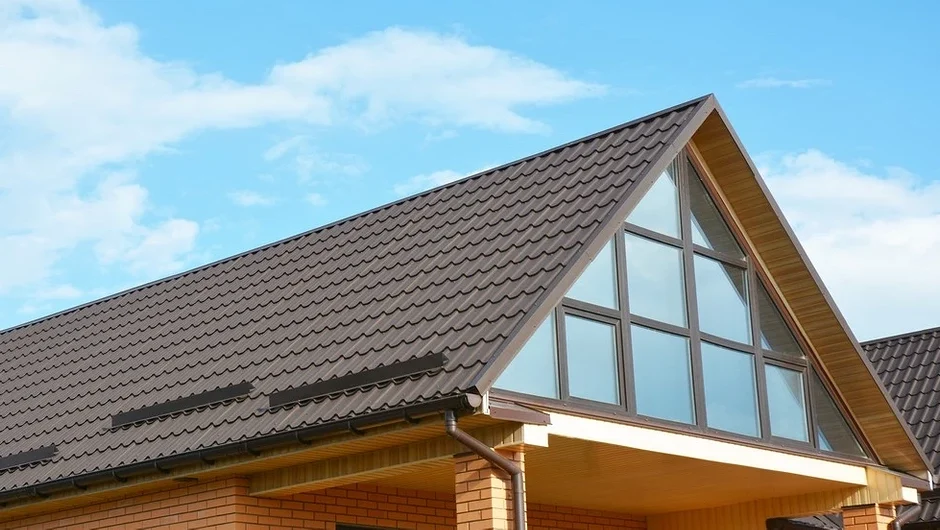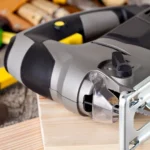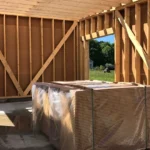We talk about protecting the roof from wind, rain, snow, and other factors not only from the outside but also inside the house. We disassemble the “roofing pie” layer by layer and talk about ways to protect the roof from rain, wind, noise, and cold.
All about roof protection
When talking about the roof, people usually mean the top layer of the roof, which protects the house from rain and snow. However popular types of roofing are made from materials that do not collapse under the influence of precipitation. For example, soft shingles are made from modified bitumen applied to a fiberglass canvas for strength. On top, a sheet of soft tiles is covered with a layer of granulate-crushed stone, which gives the surface strength.
No less popular metal tiles are made of steel sheets that are susceptible to corrosion, but manufacturers make a special coating of the roof with polymer paint to protect against the penetration of moisture and oxygen. This means that corrosion is excluded.
However, under the tiles or bitumen-polymer membranes, there is a complex structure made of materials, which needs protection from various factors. For example, wooden rafters are susceptible to rotting and will not last long if you do not protect them from water.
1. Vapor barrier
In any house where heating is organized, the main movement of air flows is directed upward. As the warm air rises, it reaches the roof and cools. At this moment, the water vapor contained in the air falls out in the form of condensate. If you do not put a barrier in the way of water, the rafters, walls, and ceilings of the upper floor will suffer from moisture. Such a barrier allows you to create a membrane that allows air saturated with moisture to pass upward, and, on the contrary, does not allow condensation to go down.
It consists of two layers. The bottom waterproof layer allows air to pass through and traps condensation. The top layer of non-woven polypropylene fabric absorbs moisture and evaporates it when the temperature under the roof rises.
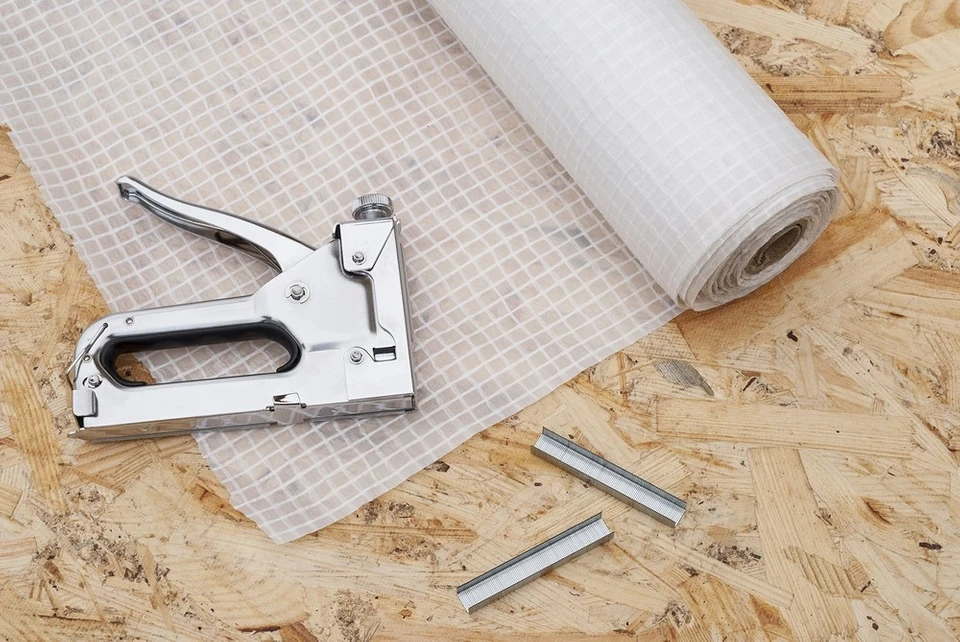
2. Thermal insulation
A layer of heat-insulating material, strictly speaking, does not apply to roof protection. It protects the house from heat loss. However, it is impossible not to mention it when talking about the construction of a roofing pie.
For thermal insulation, lightweight materials are most often used, which are convenient to install to the canopy. These include various types of mineral wool in rolls and slabs, as well as slabs of extruded polystyrene foam. Recently, builders have been talking about solutions based on mineral wool as more successful, since fibrous materials have additional properties that make them more suitable for insulation. The main advantage of mineral wool is its ability to pass air. Thanks to this feature, condensation does not accumulate on the surface, and the moisture collected in the thickness during cooling evaporates when the temperature rises.
But mineral wool is not suitable for used roofs. In these cases, it is worth taking a closer look at more durable thermal insulation, for example, extruded polystyrene foam or PIR.
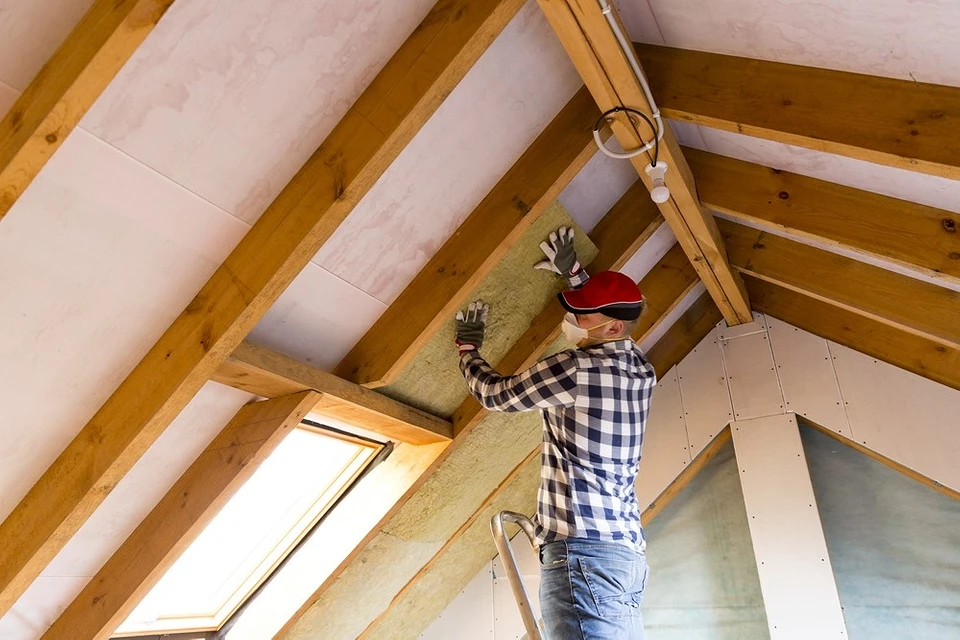
3. Wind protection
During operation, the roof protects the house from the destructive effects of air currents. The wind blows heat out of the house and can damage the roof itself by blowing away the light mineral fibers of the insulation. Because of this, the thermal insulation layer loses thickness, and over time its properties deteriorate.
To prevent this from happening, builders protect the insulation with a multilayer membrane made of polyester and polypropylene. One of the layers is thicker than the others – it gives the material strength. Other layers form a barrier between the zone of cold air under the roof and the internal zone of warm air, reducing heat loss and heating costs.
Previously, glassine – cardboard impregnated with bitumen – was used to protect against wind. However, this material has significant drawbacks. Glassine absorbs water and rots over time if it is not protected from condensation and rainwater splashes.
Many modern multilayer membranes combine several functions – for example, they protect against water and wind at the same time. The combination of several types of protection makes the material more versatile and allows it to be used not only in roof construction but also for walls or foundations. It is laid on the outside of the insulation on top of the frame used for installing the insulation boards.
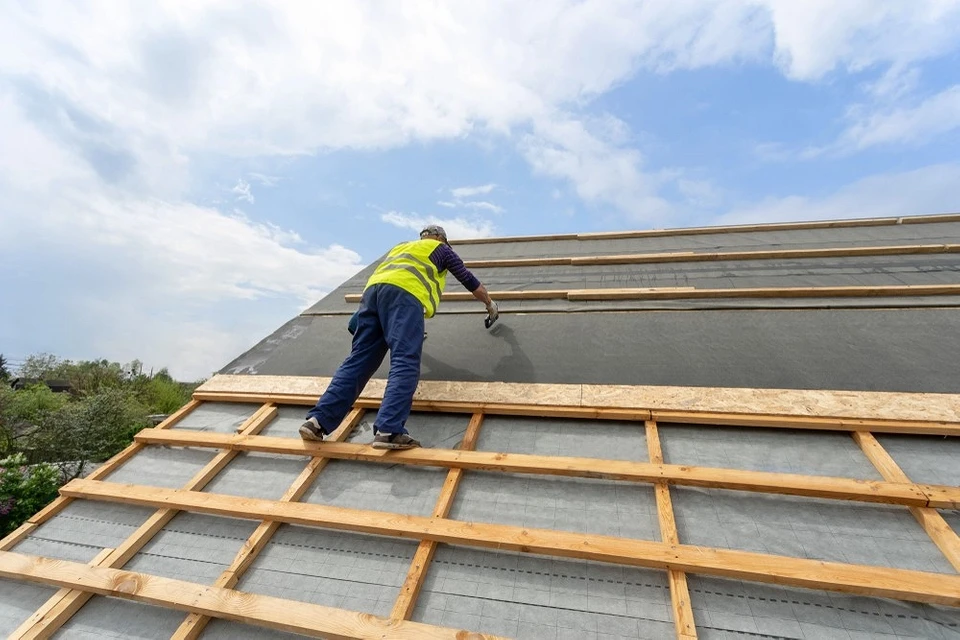
4. From the rain
The most reliable protection from rain is the installation of the roof in compliance with all the details of the technology. However, some roofing materials have design features that allow water to penetrate under the roof. In production, metal tiles are shaped to make the sheet look like ceramic tiles laid in rows. The sheet develops an uneven edge, and gusts of wind can blow snow and rainwater into the gap between the laid sheets. Even more dangerous for internal roof structures is condensation that accumulates under the roofing sheets during temperature changes.
Waterproofing membranes are used to protect insulated roofs. This is a thin and light fabric-like material. There are at least three types of membranes on the market. The first is diffuse membranes with micro perforation. They absorb moisture through micropores. As the air temperature rises, moisture evaporates.
The second type, PVC membranes, are made from a film of plasticized polyvinyl chloride laid on a reinforcing mesh. PVC film is waterproof, and condensation drops roll off it to where water can be collected. The third type, new generation EPDM membranes, are made from synthetic rubber with the addition of polymers. The working principle is the same as PVC, but there are additional advantages. Thus, EPDM membranes do not lose elasticity in cold weather. Often, substances are added to the composition for the production of films that give the material additional protective properties – for example, fire retardants, which prevent fire.
The waterproofing membrane is laid under the roof covering the top of the thermal insulation layer.
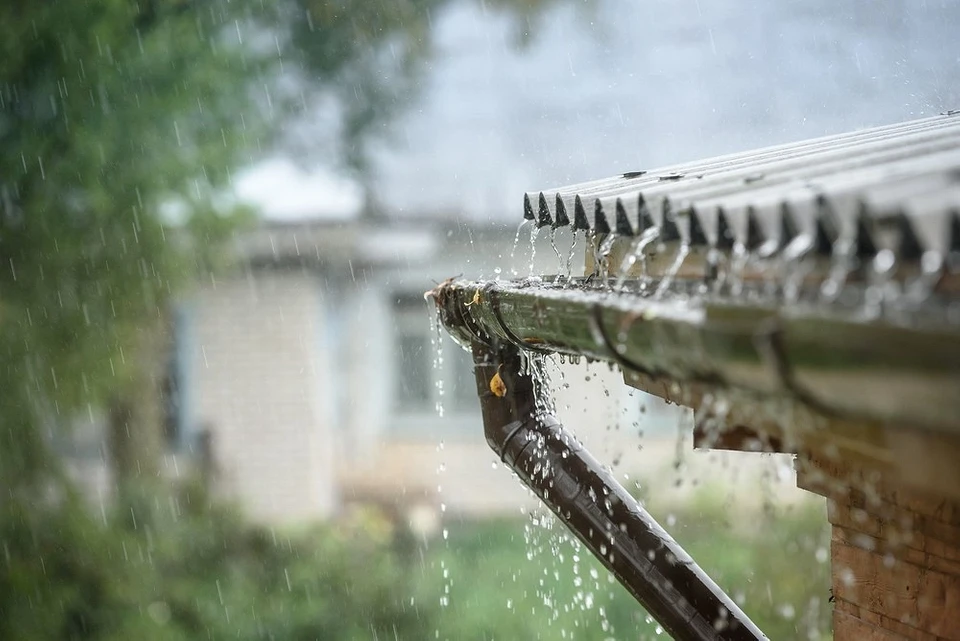
5. From noise
For effective sound insulation, a soundproofing membrane is used. The thin film is made from polymer rubber with the addition of natural sound-absorbing materials, such as fibers from certain types of minerals. The rubber layer gives the membrane elasticity and facilitates installation.
The soundproofing membrane is laid on top of the waterproofing. However, due to the high cost of specialized materials when installing a roof, the role of a soundproofing layer is often taken on by other materials. Fiber thermal insulation elements, such as basalt wool, have high acoustic properties. Additional protection can be provided by certain types of roofing – some metal tile manufacturers coat the sheets with a sound-absorbing compound.
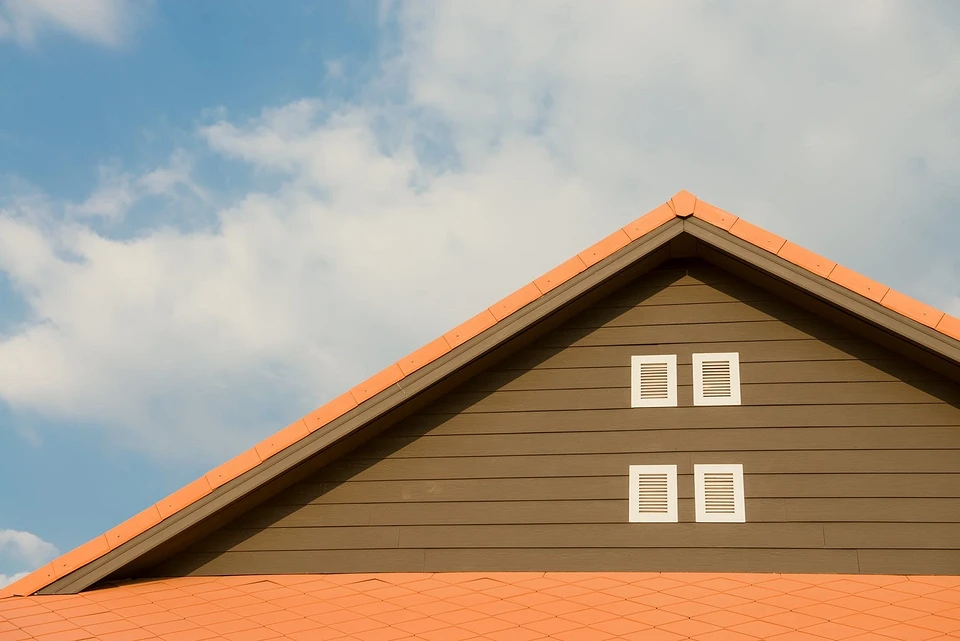
6. Roof protection from snow and ice
With proper roofing, snow covers the roof in an even layer and does not melt until the outside air temperature rises above zero. Snow is a natural insulation material and should not be removed from the roof.
If the snow on the roof constantly and unevenly melts and ice fields appear on the surface, mistakes were probably made when installing the thermal insulation layer. If the roof is well insulated and there are no cracks in the thermal insulation, the surface temperature of the roofing material corresponds to the air temperature and the snow on the roof does not melt.
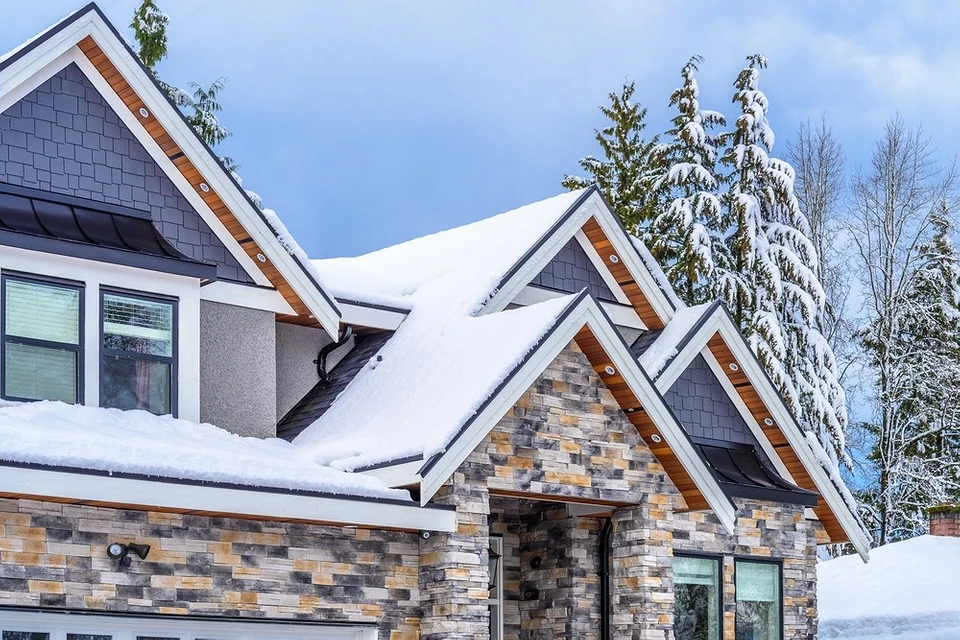
Existing solutions, such as installing heating cables, are expensive, but by and large, do not help solve the problem. The costs of installing a heating cable over the entire surface of the roof will most likely exceed the costs of strengthening and even completely replacing the heat-insulating layer. Do not forget that you will have to pay regularly for the electricity spent on heating the roof. Therefore, heating cables are an excellent solution for combating icicles on the eaves and icing of the drainage system, but the best remedy is additional insulation.

